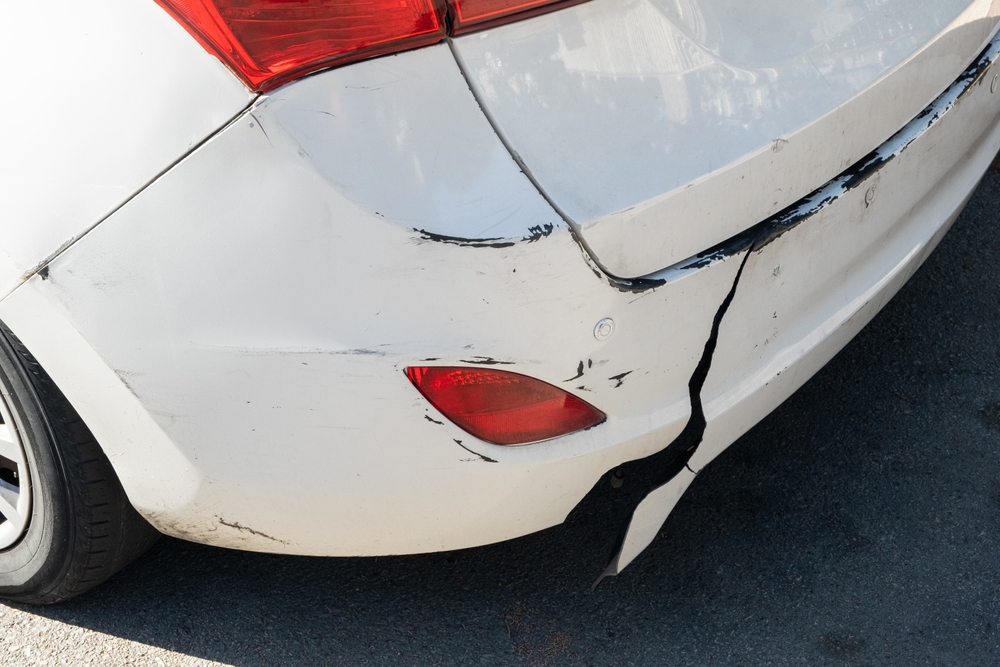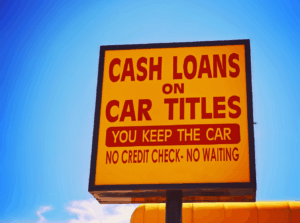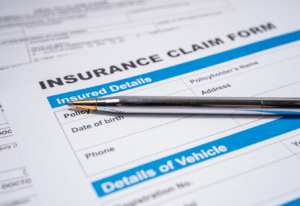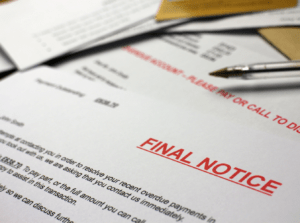In North Carolina, the law is clear: you are required to report any car accident that results in an injury, a death, or property damage that appears to be more than $1,000. Given the difficulty and cost of modern vehicle repairs, with integrated sensors, advanced cameras, and specialized paint, many seemingly minor incidents easily surpass this $1,000 threshold, even when the damage looks minimal to the naked eye, which is why consulting a North Carolina car accident lawyer early can be critical.
The other driver might be sincere in their offer to handle things informally. However, this path is filled with risks. These risks range from injuries that only become apparent days after the adrenaline of the crash has worn off to the unforgiving reality of North Carolina’s contributory negligence law.
If you are found to be even 1% at fault for the collision, you could be completely barred from recovering any compensation from the other driver. But you do not have to face this uncertainty alone. The team at Maginnis Howard is ready to help you understand your obligations and protect your rights after a Raleigh car accident.
Call us at (919) 526-0450 for a consultation.
North Carolina’s Reporting Law Explained
What does the law actually say?
The controlling statute is North Carolina General Statute § 20-166.1. This law lays out the duty of a driver involved in what is termed a “reportable accident.” In simple terms, the law says you must immediately notify the appropriate law enforcement agency if the crash involves:
- Any injury or death. Even if an injury seems slight, like a complaint of neck soreness or a small cut, the accident must be reported.
- Total property damage of $1,000 or more. This is the threshold that catches many people by surprise. It refers to the total estimated damage to all vehicles and property involved, not just your own.
Who files the report?
A common point of confusion is who is responsible for the official paperwork. The law enforcement officer who investigates the crash is required to file a written report, known as the DMV-349, with the N.C. Division of Motor Vehicles. This report is typically filed within 24 hours of the investigation.
Your legal duty is not to file this form yourself, but to notify the police so they can respond, investigate, and create that official record. If the accident happens in Raleigh, you notify the Raleigh Police Department; if it’s outside city limits, you would contact the State Highway Patrol or the local sheriff’s office.
Why “$1,000 in Damage” Is Much Less Than You Think
At the scene of a minor accident, it’s tempting to quickly assess the damage, agree on a number, and go your separate ways. A small dent, a few scratches—it can’t be that much, right?
Unfortunately, what you see on the surface is just the beginning of the story. Judging modern car damage by sight alone is like a doctor trying to diagnose a fracture without an X-ray. Across many types of car accidents—rear-end taps, sideswipes, and parking-lot nudges—the true costs are often hidden beneath the surface. There is almost always unseen damage that sends repair costs soaring far beyond the $1,000 reporting threshold.
The Anatomy of a “Minor” Repair Bill
Let’s break down the hidden costs lurking behind what appears to be a simple fender bender:
- Bumper Covers: That plastic piece on the front or back of your car is just a cover. What looks like a simple scratch or crack might hide significant damage to the parts underneath, such as the steel reinforcement bar and the foam or plastic shock absorbers designed to crumple on impact. Replacing the cover itself is one cost, but repairing the underlying structure is another entirely.
- Sensors and Cameras: Modern bumpers are not simply big pieces of plastic; they frequently house an array of technology, including parking sensors, blind-spot monitors, and adaptive cruise control radar. A minor impact easily damages these delicate components. Replacing a single radar sensor can cost between $850 and $2,050, and parking sensor repairs can run from $500 to $1,300, based on cost estimates.
- Headlights: A cracked headlight assembly is no longer a cheap fix. Advanced LED or matrix headlights, common on many new vehicles, are complex units. The cost to replace a single modern headlight assembly can exceed $1,500.
- Paint Matching: Many vehicles today use three-stage pearl or metallic paints that are difficult and labor-intensive to match perfectly. Blending the new paint into the existing panels to create a seamless finish is an art form that adds hundreds of dollars to the repair bill.
When you add these potential costs together, a seemingly trivial impact could easily result in a repair estimate of $2,000, $3,000, or more. This is why attempting to estimate damage on the roadside is a financial gamble you should not take.
The Two Big Dangers of a “Handshake Agreement”
The other driver might offer you a few hundred dollars in cash and an apology, and it seems like the easiest way for everyone to move on. However, this informal route is a locked door that leaves you with no recourse when things go wrong. By failing to create an official record through a police report, you expose yourself to two significant dangers.
Danger #1: The Story Changes
At the scene, the other driver may be apologetic and readily admit fault. Relieved, you take them at their word and agree not to call the police. Days later, when you follow up about the repair costs, you get a call from their insurance adjuster. Suddenly, the driver’s memory of the event has changed. They now claim you were the one who braked suddenly or that you drifted into their lane.
Without a police report, the situation dissolves into a “he said, she said” dispute. There is no objective, third-party account of the accident. There is no officer’s diagram of the scene, no narrative describing the events, and no citation issued to the at-fault party. This lack of evidence becomes particularly perilous in North Carolina, a topic we will explore more deeply in a moment.
Danger #2: The Disappearing Driver
In the other common scenario, the at-fault driver is incredibly sincere. They give you their name and phone number, promise to cover all the costs, and ask you not to involve insurance. You agree. You get a repair estimate for $1,200 and call them, but the call goes to voicemail. You text, but there’s no reply. You try again the next day, and the day after that, only to be met with silence.
You soon realize the phone number they gave you might be disconnected, or they may have simply decided to block your calls. Without a police report to verify their identity, driver’s license, and insurance information, you may have no reliable way to track them down. You are left holding the full repair bill, and the person responsible has vanished without a trace, leaving you to pay for everything yourself.
When Pain Shows Up Late
In the moments following a collision, your body is flooded with adrenaline. This powerful hormone is part of the body’s natural “fight or flight” response, and one of its key functions is to mask pain. You might feel shaken up but otherwise fine, leading you to believe you escaped unharmed. But this adrenaline mask conceals significant underlying injuries that only surface hours or even days later. In other words, you may have sustained bodily injury in a car accident even if you initially feel fine.
Common Delayed-Symptom Injuries
Some of the most frequent “slow-burn” injuries include:
- Whiplash: This is a neck injury caused by the rapid back-and-forth movement of the head during a crash. Symptoms like neck pain, stiffness, headaches, and radiating pain into the shoulders often take 24 to 48 hours to fully develop.
- Soft Tissue Injuries: The impact of a crash can cause sprains and tears in the muscles, ligaments, and tendons throughout your back, shoulders, and knees. The initial trauma may cause inflammation that builds over time, leading to significant pain and swelling that wasn’t immediately present.
- Concussions: A concussion is a mild traumatic brain injury that can occur even if you don’t hit your head on anything. The brain can be jolted inside the skull from the sheer force of impact. Symptoms like headaches, dizziness, confusion, and memory problems may not be immediately apparent.
The Rule That Changes Everything: North Carolina’s Pure Contributory Negligence
There is a legal principle in North Carolina that fundamentally changes the stakes of any car accident claim. It is a rule so harsh that only three other states still use it. The doctrine is called pure contributory negligence.
A Harsh Reality
Think of contributory negligence as an all-or-nothing rule. In most states, if you are in an accident, the fault can be divided. If a jury finds you were 10% at fault and the other driver was 90% at fault, you can still recover 90% of your damages. This is called comparative negligence. North Carolina does not follow this logic.
Here, if you are found to be even 1% responsible for the accident, you are legally barred from recovering any money from the other driver. Yes, one percent of fault—perhaps for driving a single mile per hour over the speed limit, for not braking a split-second sooner, or for a moment of distraction—is enough for an insurance company to deny your claim entirely. They don’t have to prove you were the main cause of the accident, only that you contributed to it in the slightest way.
How a Police Report Protects You
Now, consider the “he said, she said” scenario we discussed earlier in the context of this unforgiving rule. A police report is often the most persuasive evidence used to determine who is at fault in a car accident in North Carolina. Without a police report, it becomes incredibly easy for the other driver’s insurance adjuster to find a way to assign that 1% of blame to you. They are trained to ask leading questions to get you to admit to something that could be interpreted as partial fault.
A police report is the first, best piece of evidence to counter this strategy. It provides an official, objective foundation of facts. The officer’s diagram of the collision, their narrative of events based on physical evidence and witness statements, and, most importantly, any citation they issue to the at-fault driver create a powerful presumption of who was 0% at fault and who was 100% at fault. Without that report, you are handing the insurance company the leverage it needs to argue that you share the blame, potentially locking you out of compensation entirely.
You’re Home and You Didn’t Call the Police. What Now?
Perhaps you’re reading this article after the fact. You had a minor collision, things seemed friendly, you exchanged information (or thought you did), and everyone went home.
Now, doubt is creeping in.
The other driver isn’t answering their phone, or you’ve started to feel a nagging pain in your neck. You realize you should have called the police, but you didn’t. Does this mean you’ve lost all your options?
Not necessarily. While the best time to report an accident is immediately after it happens, it may not be too late to create an official record.
It’s Not Too Late to Create a Record
- File a Report Online (in some cases): For very minor, non-injury accidents in Raleigh, you may be able to use the City of Raleigh’s online reporting system. This system is designed for incidents like a hit-and-run with no suspect information or minor property damage where an officer’s presence isn’t required. Be aware that this system has specific criteria for what can be reported online.
- Call the Non-Emergency Line: If the online system is not appropriate for your situation, or if you’re unsure, you can call the Raleigh Police Department’s non-emergency number at 919-829-1911. Explain what happened and ask if it’s possible to file a delayed report. An officer may be dispatched to speak with you, or you may be instructed on how to file a report at a police station.
- Notify Your Own Insurer Immediately: Call your insurance agent or the company’s claims line and inform them of the accident. Be clear and stick to the facts. This action protects your ability to use your own coverage, such as collision or uninsured/underinsured motorist coverage, if it becomes necessary.
Taking these steps, even after some time has passed, is far better than doing nothing.
Let Maginnis Howard Handle the Details
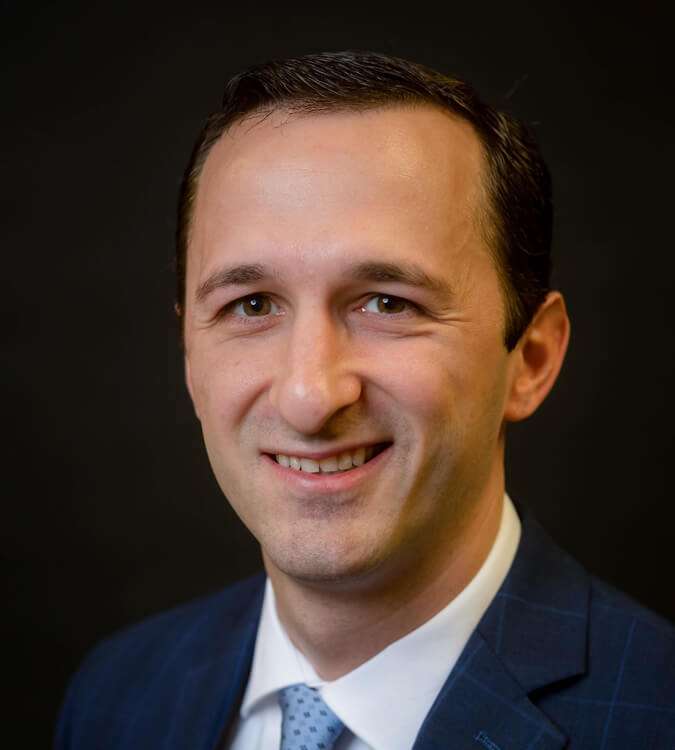
You do not have to piece this all together while also trying to manage repairs, doctor’s appointments, and the disruption to your daily life. Let our team at Maginnis Howard handle the legal process so you can focus on what truly matters—moving forward. We have years of experience handling these exact situations and will pursue the maximum compensation available under the law on your behalf.
If you’re wondering how to win a personal injury lawsuit, our team handles evidence preservation, insurer negotiations, and courtroom advocacy while you heal. Call Maginnis Howard today at (919) 526-0450 or fill out our online contact form for a confidential consultation. Let us help you secure your rights and your peace of mind.
Frequently Asked Questions About Reporting Raleigh Car Accidents
The $1,000 reporting threshold still applies, regardless of whether the accident occurred on a public street or in a private parking lot. While Raleigh Police may be less likely to dispatch an officer for a very minor parking lot incident with no injuries, it is still wise to call the non-emergency line to inquire. At an absolute minimum, you should thoroughly document the scene with photos, gather witness information, and exchange all driver and insurance details.
You should report the accident immediately from the scene by the “quickest means of communication.” While there isn’t a specific statute that penalizes a victim for a short delay in reporting, waiting complicates everything. Evidence disappears, memories fade, and it can weaken your potential claim. The investigating officer is required to file their written report within 24 hours of completing their investigation, so promptness is key to the entire process.
Yes. If you hit a stationary object like a guardrail, a sign, or a telephone pole, and the damage to your vehicle or the object you hit reasonably exceeds $1,000, the law still requires you to report it. This is also a practical necessity if you plan to file a claim with your own insurance company to cover the repairs to your car.
While you shouldn’t automatically assume the worst, this should be treated as a major red flag. A driver may ask you not to involve law enforcement for several reasons, none of which are good for you. They may be trying to hide the fact that they are driving without a valid license, have no car insurance, have an outstanding warrant for their arrest, or are impaired. Always prioritize your own legal and financial protection over the other driver’s request. Politely but firmly insist on calling the police to document the accident.

